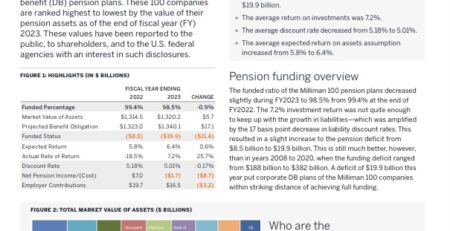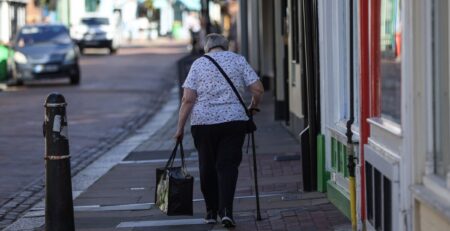COVID-19 and pensions in Latin America
By Ernesto Brodersohn
In the last 2020 edition of “G7 Pensions LT Investment Summit. Modern Asset Allocation, ESG & Inclusive Growth” I was invited to deliver some remarks on the current situation of Pension Systems in Latin America in the juncture with the health and economic crisis of the COVID-19 pandemic. This sparked a quick updated stocktaking over the latest responses that different jurisdictions have been applying to pension schemes throughout the region.
Over the past couple of months pension systems and schemes have put to test the resilience of the pension systems throughout the region, but more importantly these short-term shocks have shown the need for pension fund savings to take an active role in supporting not only their members directly by producing adequate returns but to take an active role in productive and sustainable projects throughout the region and the country their members belong to.
COVID-19 has shown how difficult it is to build a structure around long-term savings while at the same time provide some short-term benefit or relief to the members or the economy they serve. Whether they support their jurisdiction or region with productive and sustainable long-term projects or by allowing individuals to withdraw a portion of the funds (even with penalties).
In some countries, with better equipped social investment and social protection programs governments delivered resources that were especially reserved or established for these emergencies to those most in need: In in Australia and the US unemployment insurance and support in the form of cash, in the UK the furlough scheme provided some support for those who were not able to work during the pandemic, in some European countries government took care of the payment of taxes and services such as rent, electricity and other bills. While some of these may not be perfect, it did provide support to individuals in need for short term relief.
Compared to these countries, Latin American countries social protection programs showed room to improve government’s reaction and provide direct aid to individuals. Not only were individuals in the formal sector affected but the crisis has affected more seriously those in the informal sector and those with the lower incomes. Most of these individuals lost their already precarious jobs or had to stop their economic activities with the imposed quarantine measures and saw their income stream completely cut.
To address this problem policymakers turned to pensions savings as a quick fix that started in Perú and spread rapidly throughout the whole region.
- On May 18th, Peru a reform was approved allowing individuals to withdraw 25% of their pension savings from their accounts managed by the pension fund administrators (PFA). Later on, in August, a further withdrawal of USD $1,200 was approved from government owned administrator (ONP).
- In Mexico, by July, 1.57 million people had withdrawn from their retirement savings accounts. While some indicators show that the system has managed this shock as it was already prepared to deal with individuals who were already allowed to withdraw up to 11.5% of their income in lieu of unemployment insurance as part of the original design of the system.
- Chilean legislators approved the withdrawal of the 10% of the savings from their pension fund administrator on July 9 and by early September about 87% of all members had applied for the withdrawal. A second withdrawal is currently it is being discussed in Congress.
- Colombia government’s declaration of emergency allowed individuals to withdraw from their retirement savings accounts for unemployment relief.
- In El Salvador, a withdrawal of 25% of the funds was approved
- In Dominican Republic it was proposed to allow a withdrawal of 30% of the retirement savings administrated by PFAs
Allowing individuals to withdraw from their retirement savings for short term relief in the face the economic crisis has put stress on any pension systems and their liquidity requirements at potentially the worst time when pension systems have been hit by lower valuations. More importantly, individual’s retirement may be significantly affected. Even though in many cases these withdrawals are expected or can be repaid into the fund, it is clear that these measures can affect the workforce to work longer and/or save a higher percentage of their income to be able to put their pension plans on track, or in some cases be able to reach pension at all.
These issues, while transitory, will be in the minds of policy makers, regulators and private administrators going forward. Should pension systems be poised to provide some short-term relief to their members, and how. In light of the current events, it may be good to establish some dialogue between regulators, policy makers and industry around the dynamics of turning to pensions whenever a governments’ capacity to absorb a shock is not prepared or enough to address an emergency. How to prevent or at least compartmentalize a potential influence of these policies in pension administrators looking for more liquidity, and/or less profitable investments that will allow them to face short term requirements that may result in less people with access to a retirement income or lower replacement rated for the individuals who actually have access to one.
While it may be against the nature of the pension system to think short-term, some of these questions have been asked in the context of designing informal sector pension systems where individuals can be more sensitive to short-term shocks which may even prevent them from participating in the pension system in the first place. Perhaps this present a new opportunity to focus on policy for informal sector pensions and capitalize insight from the informal to establish a more wholistic pension system.










